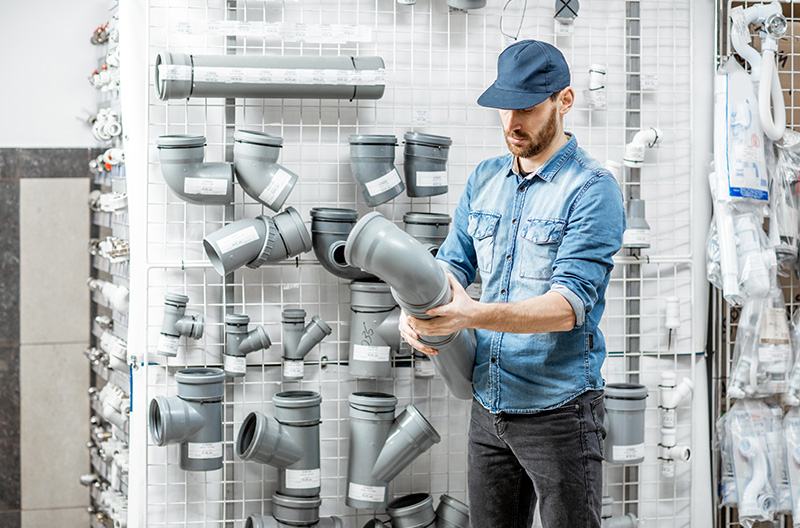EYYUBOVS is a Petrochemical & Chemical products supplier offering a wide range of PVC Products and general-purpose specialty polyvinyl chloride (PVC) additives. For PVC materials we do offer plasticizers, flame retardants, heat stabilizers, and pigments (TiO2 &, etc.).
Types of PVC Additives
In its natural state, PVC exhibits white coloration and extreme brittleness, and susceptibility to environmental damage. Additives allow compounders to modify the material properties of the polymer, such as increasing durability or otherwise imbuing it with properties appropriate for specific applications.
Some of the most popular additives include:
Plasticizers
Without the addition of plasticizers, PVC is a very hard substance. Plasticizers are added to make it more flexible and pliable. They work by decreasing the attraction between polymer chains to make them more flexible.
Types of plasticizers available include:
- Diisononyl Phthalate (DINP)
- Dioctyl Terephthalate (DOTP)
- Diisodecyl adipate (DIDA)
- Dioctyl adipate (DOA)
- Dioctyl sebacate (DOS)
- Trioctyl Trimellitate (TOTM)
- Epoxy fatty acid monoesters
Flame Retardants
Flame retardants (and certain plasticizers) actively stop flames and suppress smoke. By increasing the flame retardance of PVC, these additives also help protect the structural integrity of the plastic material.
At ChemCeed, we offer the following flame-retardant additives:
- Antimony trioxide (ATO)
- Decabromodiphenyl ethane
- Tri (Butoxy-Ethyl) phosphate (TBEP)
- Zinc Borate
Heat Stabilizers
When exposed to temperatures above 100 degrees Celsius, PVC starts to lose its structural integrity. The addition of heat stabilizers helps the material maintain its stability and structure in high-temperature environments.
Pigments
Pure polyvinyl chloride is white. But in extreme conditions, it will lose its whiteness and quality. For this purpose PVC product producers use Titanium Dioxide (Tio2) white pigment to protect from Ultra Violet (UV) radiation coming from the sun. However, material suppliers can customize the material color by adding pigments. This capability allows them to differentiate various PVC compounds for different applications by color.
Types of pigments include:
- Naphthol red 210
- Titanium dioxide (TiO2)
- Zinc oxide (ZnO)
- Zinc sulfide (ZnS)


Leave a Reply